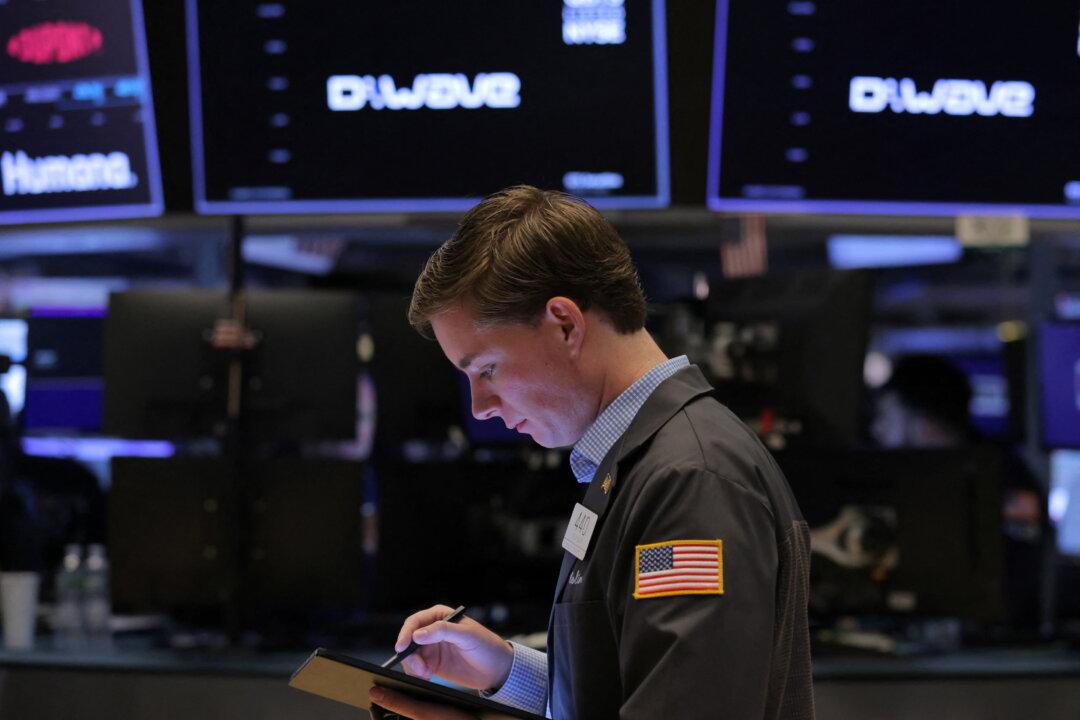The U.S. economy fell into a technical recession following back-to-back quarters of negative gross domestic product (GDP) growth in the first half of 2022, as rampant and broad-based price inflation affected businesses and consumers.
As economists and market analysts look ahead to 2023, they agree that the country will begin to experience the real pain of an economic downturn. While experts can debate the size and scope of an economic contraction, how can households and investors shield themselves from the storm clouds? That’s what many people would like to understand.





